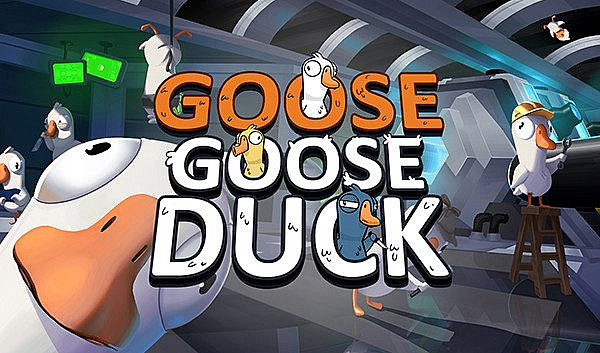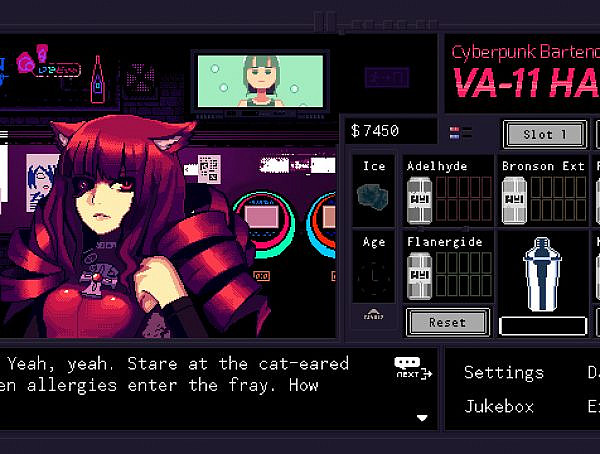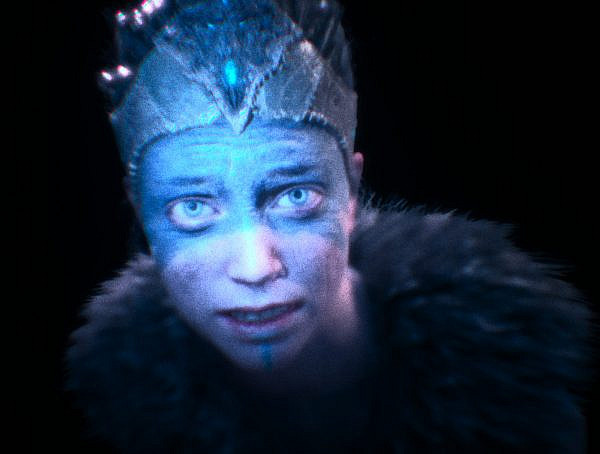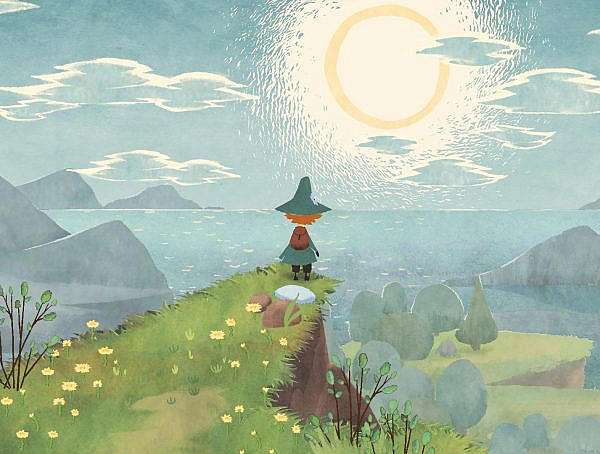Getting into fighting games is a daunting task. Learning complex mechanics and applying them on the fly with difficult inputs while the opponent gives little breathing room has always been a part of the genre. Guilty Gear Strive attempts to alleviate some of these accessibility problems and make newcomers feel welcome.
Strive currently has 19 distinct characters with their own playstyles, strengths, and weaknesses. Some prefer controlling the space with distant attacks, while others rush the opponent down with fast melee combos. I am constantly amazed by how different they all play, and trying them out is fun as there aren’t that many difficult personal inputs for each character. Once the player is familiar with one fighter, making the switch to another is an interesting learning process.

The frantic action is supported by minimalistic meters that guide the players’ strategies during fights.
The game is also filled with universal tools that take a long time to use efficiently. Luckily, there is an extensive tutorial mode, with numerous missions that explain even the most advanced features of the game. It says a lot that some of these tutorial missions are brutally hard, but they are optional and skippable for when the player feels ready to learn a new mechanic. This mode is very effective at teaching a new player about the workings of the game. There is also the classic but important training mode, where one can freely try out their character without pressure from an opponent.
Eight months after release, the game has a healthy playerbase. This can be attributed to new DLC characters being released every few months, as well as a great matchmaking system. Players fight their (nearly lag-free) matches in a tower with eleven floors, and regardless of the level, opponents are found quickly. Players are quickly promoted or demoted depending on their wins and losses. A player cannot fight on lower levels, but they can do so on higher floors if they have been there before. I think the floor amount is appropriate, as it does not spread the players so thin as to affect wait times, but there is still a notable difference in combatants’ skills when moving between floors.
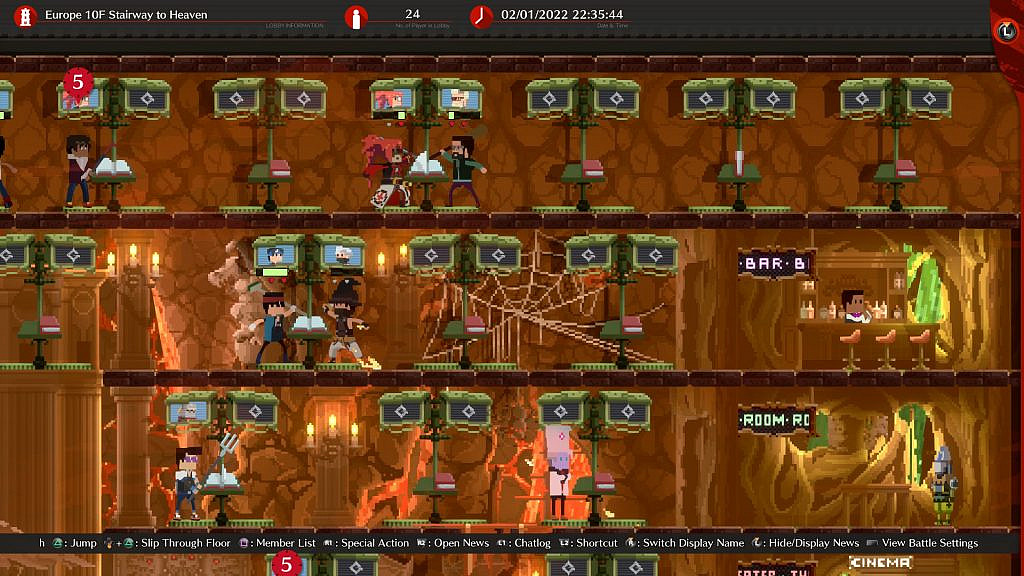
A floor has battle stations where players can challenge each other to battles. The icons on the screens show what character each player is using, making it easy to pick one’s battles.
One area where the game pulls no punches is its music. There is a joke circulating among the fans about a new Guilty Gear release being a rock album that just happens to include a game with it. There is a large variety of rock and metal, but there are even some cheerful pop songs to be found. The characters’ themes fit them well while maintaining creativity and quality that is hard to find among fighting games. The player can even spend in-game currency to buy tracks from earlier entries, which can then be selected for use in battles. Overall, I find the soundtrack to be a large part of why I keep going back to the game and enjoying the fights.
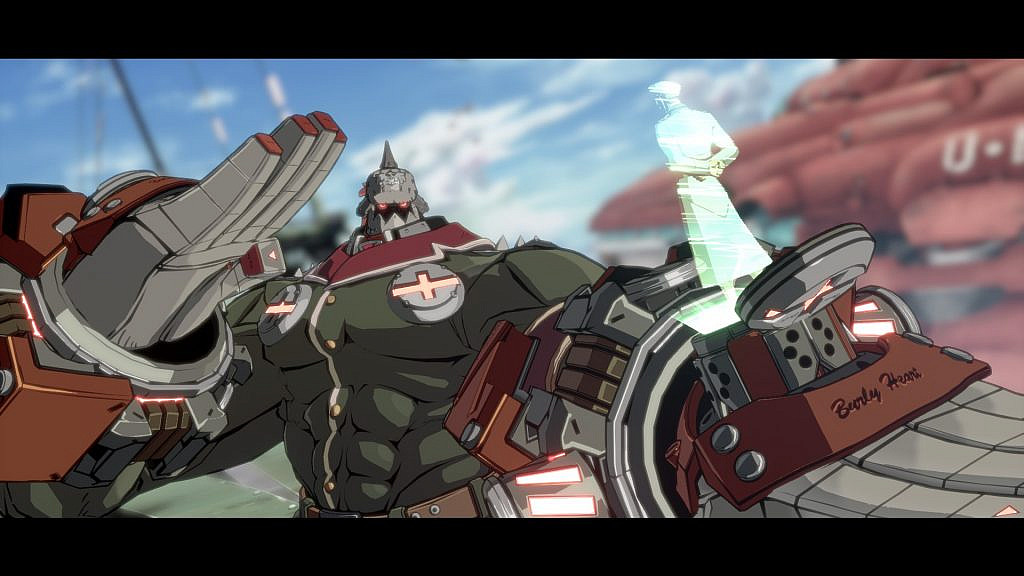
The stylized anime graphics are something between 2D and 3D. They are beautiful, but it may take some time to get used to looking at characters in motion.
There is a caveat that is a common problem in fighting games: there is very little single-player content. Fighting a computer gets old fast, and the arcade and survival modes that are based around that are therefore not very interesting. The story is literally a movie with no gameplay. In my opinion, a player has to be willing to spar against other people to truly enjoy the game. Finding the motivation to get better despite losing many times to others is also important. In that way, it is a rather demanding game, with some dropping it in ten hours and others making it a part of their daily routine.
In conclusion, Strive is still a typical fighting game despite its great tutorial. However, its style makes it very charming, and the online system encourages even newcomers to keep playing. There is much here for fighting game players to enjoy and for anyone to appreciate.
Publisher: Arc System Works, Sega, Bandai Namco Entertainment Europe
Developer: Arc System Works
Platforms: PS4, PS5, PC
Release Date: June 11, 2021
Genres: Fighting
PEGI: 12
Pictures: Screenshots taken by the author
You might also like
More from Game Reviews
Hellblade: Senua’s Sacrifice – Journey Through Darkness to Hell
A harrowing blend of Norse mythology and mental health issues in a gorgeous package.
Snufkin: Melody of Moominvalley – A Decidedly Unexciting Tune
It's not every day we get a real Moomin game, but is it worth singing praises?
Overwhelmed or puzzled? A Krispee Street review
A mobile game with an interesting take on "Where's Wally" formula







